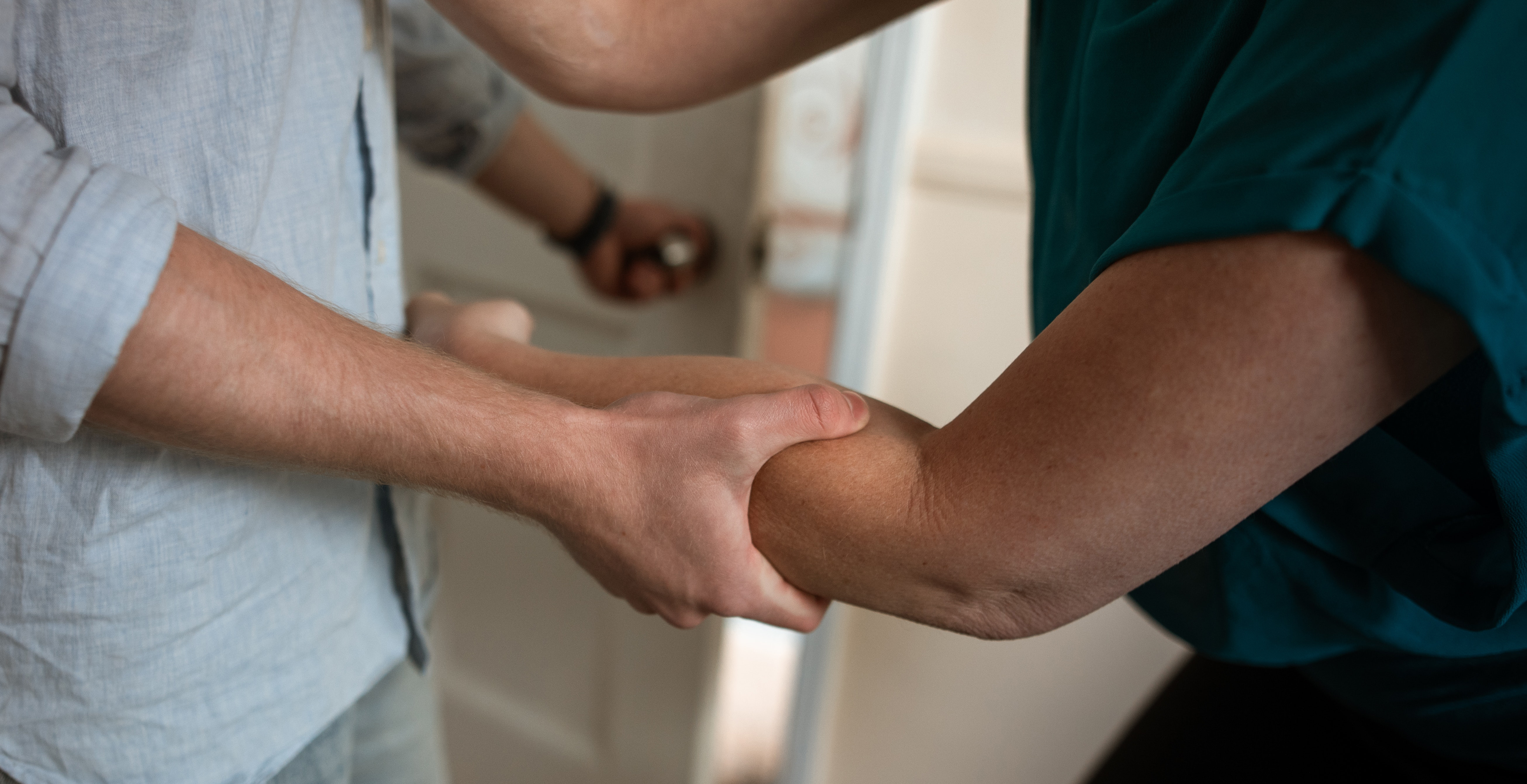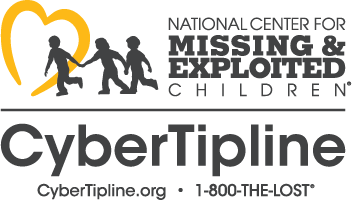Introduction
Introduction
Play the video for an introduction to human trafficking.
Grace: Hi! I’m Grace.
Carlos: I’m Carlos!
Kiley: I’m Kiley.
Karen: And I’m Karen.
Karen: Alright everyone, let me start out by asking a couple questions. Do you eat chocolate?
Grace: Yeah.
Karen: Ok. Do you have a cell phone?
Carlos: I mean, who doesn’t?
Karen: Right? And have you lived in any of the 50 states of the U.S.?
Grace: Yes.
Karen: So, if you answered yes to any of those questions, you may be surprised to know that they’re links to human trafficking. Yep. So, the cocoa beans they use to make chocolate are grown in plantations in some of the West African countries and many of them are picked by children who have been forced into this labor. This is a form of trafficking.
Carlos: Right, and the cell phones we carry with us every day need a mineral called “coltan” and that’s actually mined by child laborers.
Karen: Children who are forced to be soldiers is a form of trafficking. And, children have been and continue to be trafficked for sex and labor in most every state in the U.S. That’s crazy to think about, right?
Grace: Through this course, you’ll get a chance to learn more about the different forms of trafficking, the signs and indicators of trafficking, how to recognize a potential trafficking situation, and where you can go to seek help or report trafficking in persons.
Kiley: But first, we want you all to hear two stories from people who were trafficked in their middle and high school years. These are true stories and they’re difficult to hear but it will hopefully help you to understand that trafficking is happening everywhere, even in the United States. What happened to these students could happen to you or your friends if you’re not alert and aware.
Select each image to hear James and Theresa tell their stories.
Human trafficking is a challenging issue to discuss. In this course, we may present material that is upsetting, yet it is important to learn. Self-care is important in this context. Please take a break if you find it necessary.
But, in the Boy Scouts, during my seventh grade year, I unfortunately, during one of the fundraisers that they had, came across a family from Cub Scout, that was in that was part of our Boy Scout troop, and, you know, they were a family, it was relatively innocuous.
And that day, after the fundraiser, they offered to give my cousin and I a ride home and we ended up actually going back to their house and, you know, getting to know them a little bit more and over time, you know, they sort of, they formed this bond a little bit with us. And we would go back over to their house sometimes just to help with yard work, and I remember actually, that was sort of the initial process in which my victimizer, who was a woman, who was the wife of… and the mother of this Cub Scout in my Boy Scout troop, began to essentially groom me.
It first started off as some of the inappropriate behaviors, like wrestling and tickling, you know, and, you know, and I, you know, and I, you know, had developed a crush on her, and so I was like, oh, this is fun, you know, like she's tickling me and, you know, doing all these things to me and, you know, I thought it was fun, and, you know, I thought that this was what I wanted to do.
So, there comes a point where that sexual abuse escalates even further into a statutory rape situation. Again, something that I thought that I wanted at that time because I thought that I loved this woman, and I thought that I was eventually going to be with her, and that she was the only one that really cared for me. And so I'm, you know, spending time at this house, all of this is happening, I'm cooking, cleaning, taking care of kids, and, you know, this the sexual abuse and this emotional abuse is taking hold, and I end up in a situation where the… it was essentially a cycle of violence.
Sometimes racial epithets were used. It's worth noting, that she was a white woman and I was this, you know, mixed kid, and, you know, and her family, you know, on a pretty regular basis would also, you know, refer to me as the n-word and, you know, they definitely wanted me gone. They thought that I was, you know, why was I this kid that was living there and, you know, her excuse was, you know, to them that, you know, James doesn't have anywhere to go, there's this abusive situation happening in his house, like, we need to take care of him. Meanwhile, you know, she herself is sexually abusing and exploiting me for labor.
You know, unfortunately, in pop culture, it's sort of been normalized, this idea of Taken, people being kidnapped off the streets, all this that, you know, certainly it happens, but it's very rare. Most trafficking situations are actually skilled child predators who target young vulnerable children, who lack self-esteem, who have things going on in their background or in their household, that make it easier for someone to come in and show that love, affection, and attention that the child isn't getting, and develop that exploitative relationship, and, you know, and whether you're talking about sex trafficking or labor trafficking the dynamic can be very, very similar.
I grew up in a normal family, all-American, a mom and a dad, three younger brothers, we were middle class, and we lived in the Midwest, all around Ohio, Indiana, Michigan, and I had two loving parents.
And we moved a lot, you know around a lot that was the one thing that made me vulnerable to becoming trafficked, and maybe a little different or maybe the same as some of you, but we moved every two years because of my dad's job.
So, one day after school, it was February, and I was a sophomore now and I had stayed after school because I was on the track team and I remembered that I needed something from my locker to study that night. So I ran to my locker in my in my gym outfit and as I turned the corner, guess who was standing there? My heart just dropped to my stomach and I thought, “Oh there he is. There's that boy,” and he said, “Hey, Theresa, would you like a ride home from school?” Now here I thought, “Oh my gosh, this is great. Nobody will know. It's not like a stranger right. I know this guy, and it's not a date, so it should be okay.”
In that afternoon, I got drugged and then raped.
Several days later, I went back to school on Monday, and I saw him again and he said, “I need to speak to you,” and it wasn't a request, it was a demand. He, uh, showed me an envelope, then the envelope were full of photos. Today, this would be sexting. He said, “My two older cousins were there while we were there and they took these photos, and they have a plan, and the plan is that you're going to earn them back or else.”
So, around midnight, uh, several nights a week, they would call my house. I had my own private line in my room, and they would demand that I appear immediately for service.
They would take me all around the Detroit area to beautiful houses where they would deliver me, like a pizza, and I would be taken into these homes, down to the basement, where all of these men waited for me.
Nobody had any idea that I was being trafficked. Nobody had any idea that I was being blackmailed and manipulated at 15 years of age. Nobody knew, but there were signs, there were signs that something was happening to me. Obviously, I could not keep up my grades. I was falling asleep in class from having two hours of sleep at night. My grades went from A's and B's to D's and F's, but nobody asked me any questions. They just thought oh this is a harder school district than the one before.
Most don't escape from this. Most will die in this. This is something that has gone to the second… become the second leading crime in the United States. And it's not just from girls being kidnapped. It's girls that know somebody that tricked them, that groomed them, that tell them everything they want to hear and then they don't know how to get out. So, if something like this is happening to you, there is a national hotline number. It's 1-888-373-7888, you can call that for help. You find somebody, find somebody in your life that you can talk to.
What do these stories have in common?
An exploiter, a victim, and a method of recruiting that uses false promises and tricks to trap the victim. Unfortunately, this recruiting is often disguised as friendship or a romantic relationship and plays on feelings of trust and love. By the time you realize you’re trapped, it is too late.

Play the video to hear a wrap up of these true stories.
Kiley: In the true stories you just heard, the recruiting and harboring, as well as the force, fraud, and coercion, took different forms.
Carlos: In James’ case, a woman befriended him and earned his trust and admiration before she forcibly kept him in her home for labor and sexual exploitation.
Grace: In Theresa’s case, the victim thought she had a romantic relationship with an older student, who then raped her, took photos of the assault, and then threatened to expose the photos as a means of coercing her into the sex trafficking ring.
Karen: In both cases, force, fraud, and coercion were also used. James was kept in the traffickers’ home through the use of mental and sexual manipulation. Theresa’s traffickers used phony romance (fraud), and then rape ( force) and blackmail ( coercion) as methods to obtain her; and transport her around Detroit to compel her to do what they wanted.
Human trafficking is a challenging issue to discuss. Throughout this course, we may present material that is upsetting, yet it is important to learn. Self-care is important in this context. Please take a break if you find it necessary.
At any time during this training, call the National Center for Missing & Exploited Children Hotline at 1-800-THE-LOST (1-800-843-5678) to speak to someone about anything in this training that concerns you.

To report an incident online, fill out a report here: CyberTipline
